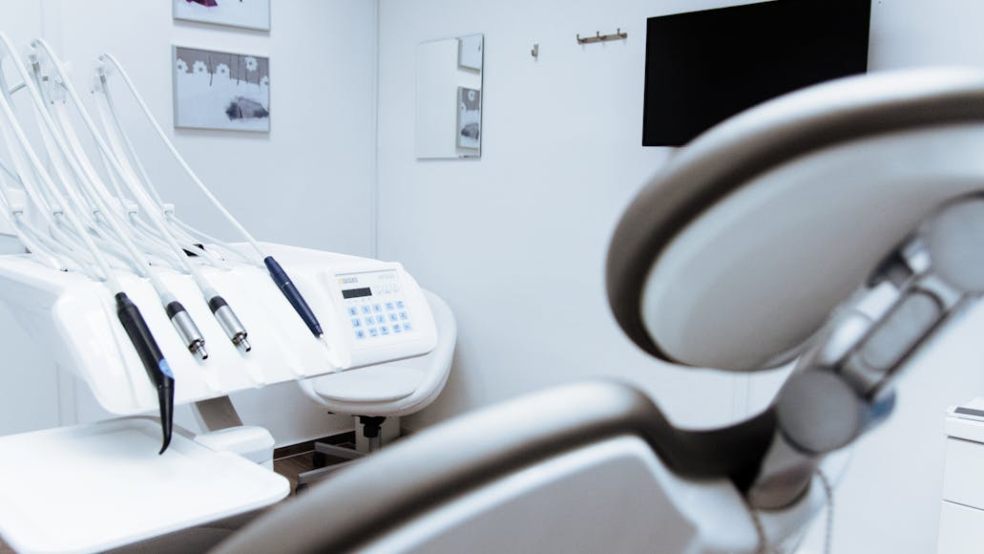
Do You Need a Root Canal? Signs to Watch Out For
When it comes to dental health, early detection of issues can save you from unnecessary discomfort and costly treatments. One common dental procedure people often worry about is the root canal. But how do you know if you need one? Understanding the signs and symptoms can help you seek treatment quickly and avoid further complications.
In this blog, we’ll walk you through what a root canal is, the key signs that may suggest you need one, and why early intervention is important.
What Is a Root Canal?
A root canal is a dental procedure designed to treat infection or damage inside a tooth. It involves removing the infected pulp (the soft tissue inside the tooth containing nerves and blood vessels), cleaning the root canals, and sealing the space to prevent further infection.
Root canals are often misunderstood and feared, but modern techniques used by The Dental Practice UK, make the procedure relatively straightforward and comfortable. More importantly, it can save your natural tooth and eliminate severe pain.
Common Reasons Why You Might Need a Root Canal
Several dental problems can lead to the need for a root canal. These include:
- Deep tooth decay that has reached the pulp
- Cracked or chipped teeth exposing the inner pulp
- Repeated dental procedures on the same tooth
- Trauma or injury to the tooth, even if there’s no visible crack
Now, let’s look at the warning signs you should be aware of.
Key Signs You Might Need a Root Canal
1. Persistent Toothache
One of the most common indicators of a serious dental problem is ongoing pain. If you’re experiencing a toothache that doesn’t go away, especially when biting down or chewing, it could signal an issue deep within the tooth. The pain might range from mild to severe and may even spread to your jaw, face, or other teeth.
2. Sensitivity to Hot and Cold
It’s normal to feel some sensitivity when consuming hot or cold foods and drinks. However, if the sensitivity lingers long after you've finished eating or drinking, it may be a sign of damaged or infected nerves inside the tooth. This is particularly concerning if the sensitivity seems to worsen over time.
3. Swollen Gums
Swelling around the affected tooth is another red flag. Infected pulp can cause the surrounding gum tissue to become inflamed, tender, or swollen. Sometimes, you might even notice a small, pimple-like bump on the gums, known as a dental abscess. This is your body’s way of signalling infection, and it shouldn’t be ignored.
4. Tooth Discolouration
A tooth turning grey or dark may indicate that the inner pulp is damaged or dying. Discolouration usually results from a lack of blood flow to the tooth’s nerve, often caused by trauma or decay. While tooth whitening won't fix this, a root canal may be required to remove the dead tissue and restore the tooth’s health.
5. Loose Tooth
If one of your adult teeth starts feeling loose, it might be a sign of infection spreading from the pulp to surrounding bone. While loose teeth can have various causes, including gum disease, it’s essential to consult your dentist to rule out the need for a root canal.
6. Cracked or Chipped Teeth
Accidents, biting down on something hard, or previous dental procedures can leave your teeth cracked or chipped. When this happens, the inner pulp becomes vulnerable to bacteria and infection. If left untreated, the infection may require a root canal to prevent it from spreading.
What Happens If You Ignore These Signs?
Ignoring the symptoms won’t make them disappear. In fact, delaying treatment can lead to worsening pain, the spread of infection, and eventual tooth loss. In some cases, untreated infections can spread to the jawbone and other areas of the body, posing a more serious health risk.
A root canal allows you to preserve your natural tooth, maintain proper chewing function, and avoid more invasive treatments like tooth extraction and implants. Early detection is key to avoiding unnecessary complications.
The Root Canal Process: What to Expect
Many people are anxious about the thought of undergoing a root canal. However, advancements in dental technology have made the procedure far more comfortable than most imagine.
Typically, the process involves:
- Examination and X-rays – Your dentist will first assess the tooth and take X-rays to determine the extent of the infection.
- Anaesthesia – Local anaesthetic is applied to numb the area, ensuring you don’t feel pain during the procedure.
- Removing the Pulp – A small opening is made in the tooth to remove the damaged or infected pulp.
- Cleaning and Shaping – The canals inside the tooth are cleaned and shaped to prepare for filling.
- Filling and Sealing – The empty canals are filled with a biocompatible material and sealed to prevent further infection.
- Restoration – Often, a crown is placed on the treated tooth to restore its strength and appearance.
Most root canals can be completed in one or two visits, and recovery is usually quick with minimal discomfort.
How to Prevent Root Canal Treatment
While some dental issues leading to root canals can’t be avoided, practising good oral hygiene significantly lowers your risk. Here are a few tips:
- Brush your teeth twice daily with fluoride toothpaste
- Floss daily to remove plaque between teeth
- Visit your dentist regularly for check-ups and professional cleanings
- Avoid biting hard objects like ice or pens
- Wear a mouthguard if you play contact sports
Final Thoughts
Recognising the signs of a potential root canal early can save you from severe pain and help you preserve your natural smile. Persistent toothaches, sensitivity, swelling, discolouration, and loose or damaged teeth shouldn’t be ignored.
If you’re experiencing any of these symptoms, don’t wait for the problem to get worse. Book an appointment with your dentist as soon as possible. Prompt treatment could be the difference between saving your tooth and more extensive dental work down the line.













